
New insulated window concepts that enable manufacturers to achieve energy savings of up to 15 % and weight reductions up to 50 % have been developed.

The production of pairs of top-antitop quarks is one of the phenomena being observed with high precision at the Large Hadron Collider (LHC) of CERN. On the theoretical side, EU-funded scientists sought predictions at the same level of accuracy to test the Standard Model of fundamental interactions and find possible small deviations from it as signals of new physics.
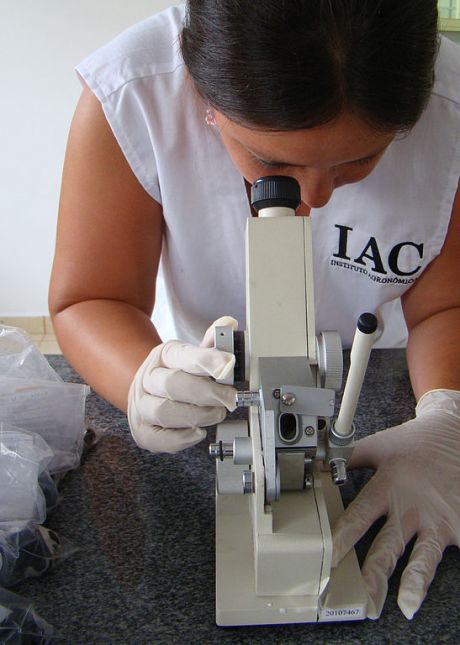
During the laundry process, protective functionalities of work gear and bed linens can wash out after a certain number of washings. An EU initiative found new ways to evenly reapply these by using chemical agents.

Europe's enormous funding for transportation projects does not guarantee commercialisation. An EU initiative improved the odds through best practice guidelines, training and one-to-one support.
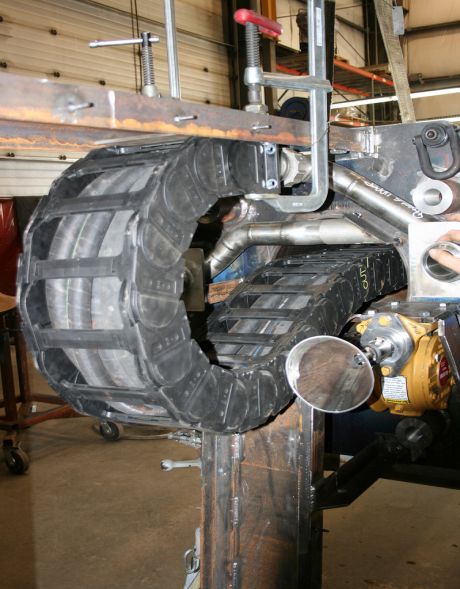
Robotic or automated systems have their limitations when it comes to large-scale product life cycles. An EU initiative designed a flexible and reconfigurable robotic system to accelerate maintenance and repair processes in large-scale products.
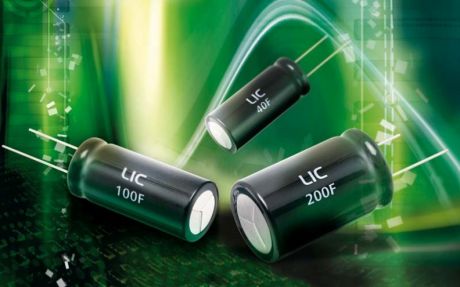
High-performance supercapacitors could soon power electric cars due to a breakthrough involving graphene, making them truly competitive with their petrol and diesel counterparts.
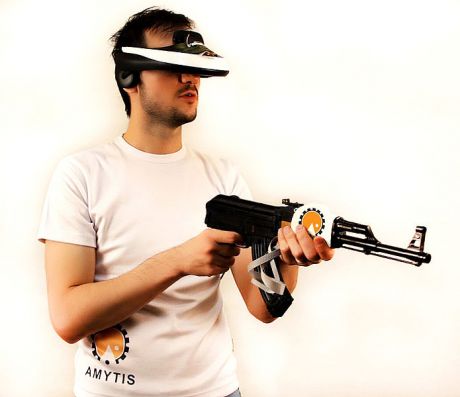
Air travel is frequently associated with discomfort due to issues with personal space as well as the ability to work, sleep or rest. An EU initiative investigated how to maximise passenger comfort within the aircraft's restricted physical space by changing the perception of self and space.
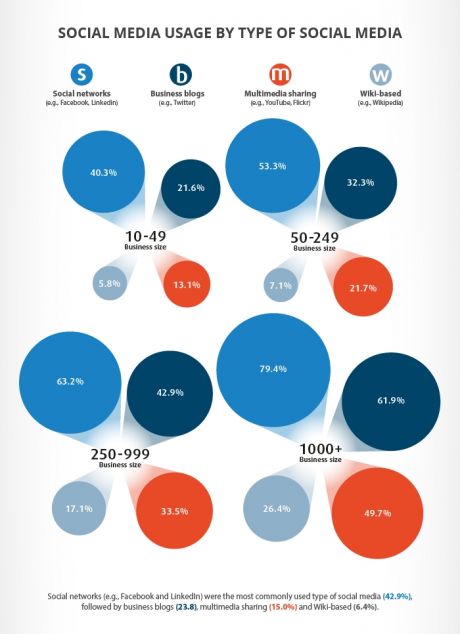
An EU team is developing information tools that support the rapid implementation of international business ventures. The project has developed modules for assessing costs, risks and compliance information, applied initially to three test cases.
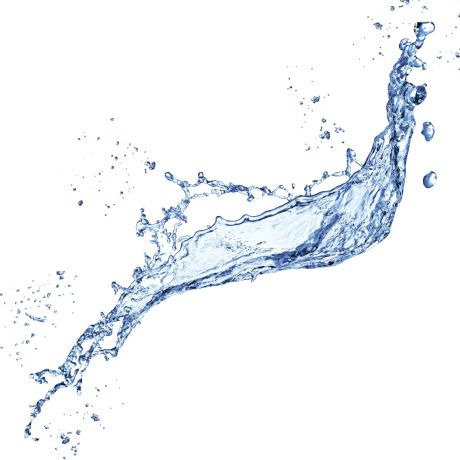
EU-funded researchers developed the next generation of water purification systems by building on carbon's natural ability to remove contaminants from water and benefits gleaned from nanotechnology.
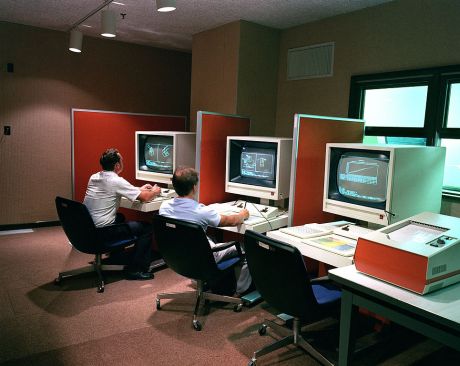
EU-funded scientists have developed a ground-breaking solution for merging design and analysis into one model using a unified geometric representation.
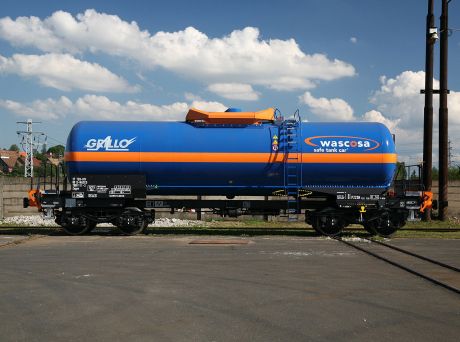
Railways and railway stations can be subject to vandalism and suicides. Improved measures could help avoid mishaps and tragedies, while strengthening security and punctuality

There are concerns about potentially harmful chemicals in cosmetics. EU-funded researchers are developing innovative cosmeceutical products using European natural resources and environmentally friendly technologies.
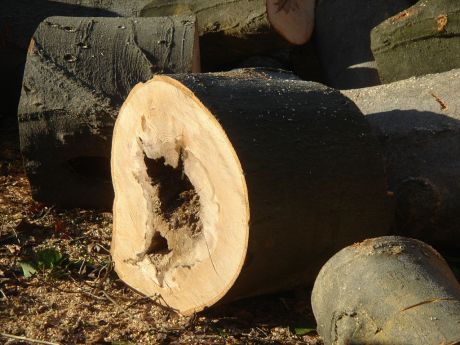
Timber industry production lines require manual tasks such as wood patching that hinder productivity. An EU initiative has developed robotic technology to increase throughput and competitiveness while reducing labour costs.

Exposure to heat stress threatens vulnerable populations such as infants, the elderly, and people with cardiovascular and respiratory disease. EU-funded research explored mechanisms of temperature regulation and heatstroke to improve preventative strategies.

Engine exhaust from ships is one of the most pervasive pollutants in the world today. An EU initiative built a device that can remove gases and particles from diesel exhaust
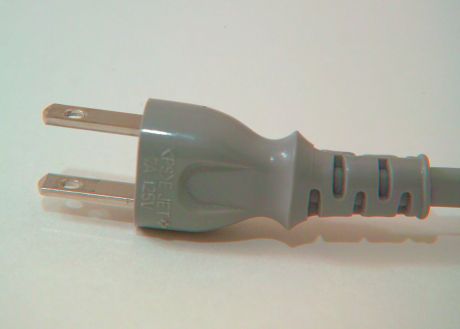
Full-electric vehicles are moving closer to reality thanks to the development of innovative Body in White architectures using advanced lightweight Aluminium and composite materials.

An innovative research project has developed non-toxic paints from seaweed as an alternative to environmentally toxic solvent-based paints.
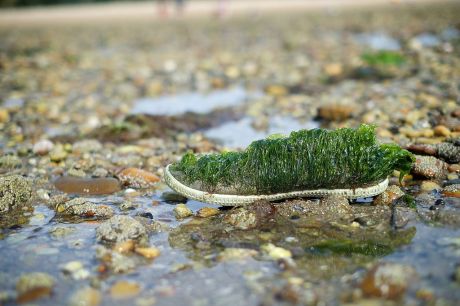
Patients suffering from a variety of ailments are slated to benefit from advanced shoes that can send critical feedback to wearers and to those monitoring them.

New techniques and tools promise to reduce noisy rail travel, encouraging healthier and more sustainable rail transport for European citizens.
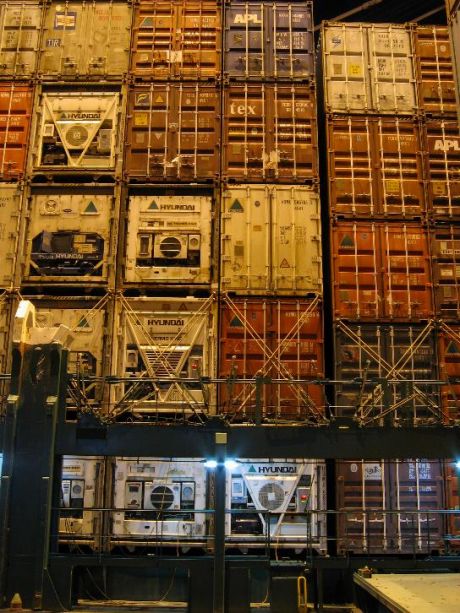
An EU team facilitated the sharing of shipping container information between operators and regulators. After studying the sector's risks, trends and requirements, the team completed a suggested system architecture and preparations for testing.
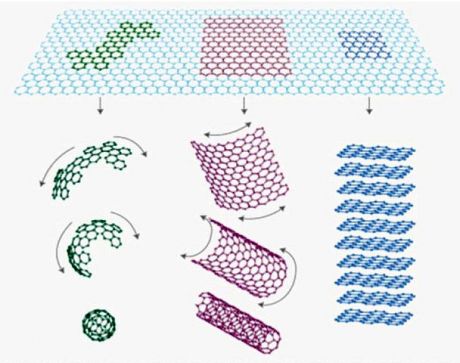
With the advent of nanotechnology, it becomes possible to study and manipulate the interaction of light and matter on the scale of single photons and electrons. New mathematical descriptions of such behaviours in carbon nanostructures will spur new devices.
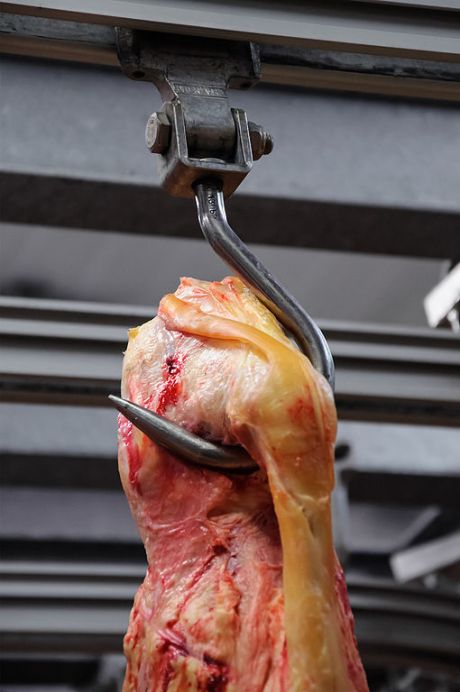
A group of EU research institutions and small companies have developed a prototype device that classifies pork cuts on the basis of colour and quality.
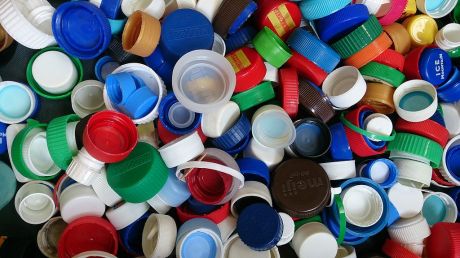
Modern society relies heavily on plastic for various applications, yet this material is extremely harmful to the environment. An EU-funded project is looking to replace this material with an environmentally friendly alternative from plant by-products.
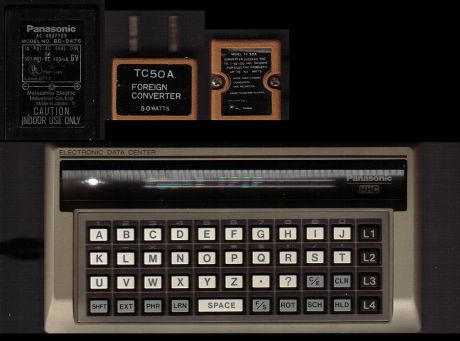
Academic research has paid considerable attention to statistical machine translation (MT), but in practice traditional rule-based machine translation (RBMT) architectures continue to dominate. This is due to a number of reasons and shortcomings on both sides.

An EU research project has produced a bioelectrical cell-based sensor for rapid detection of pesticides and specific organic contaminants in fresh produce, cork and wine.
























